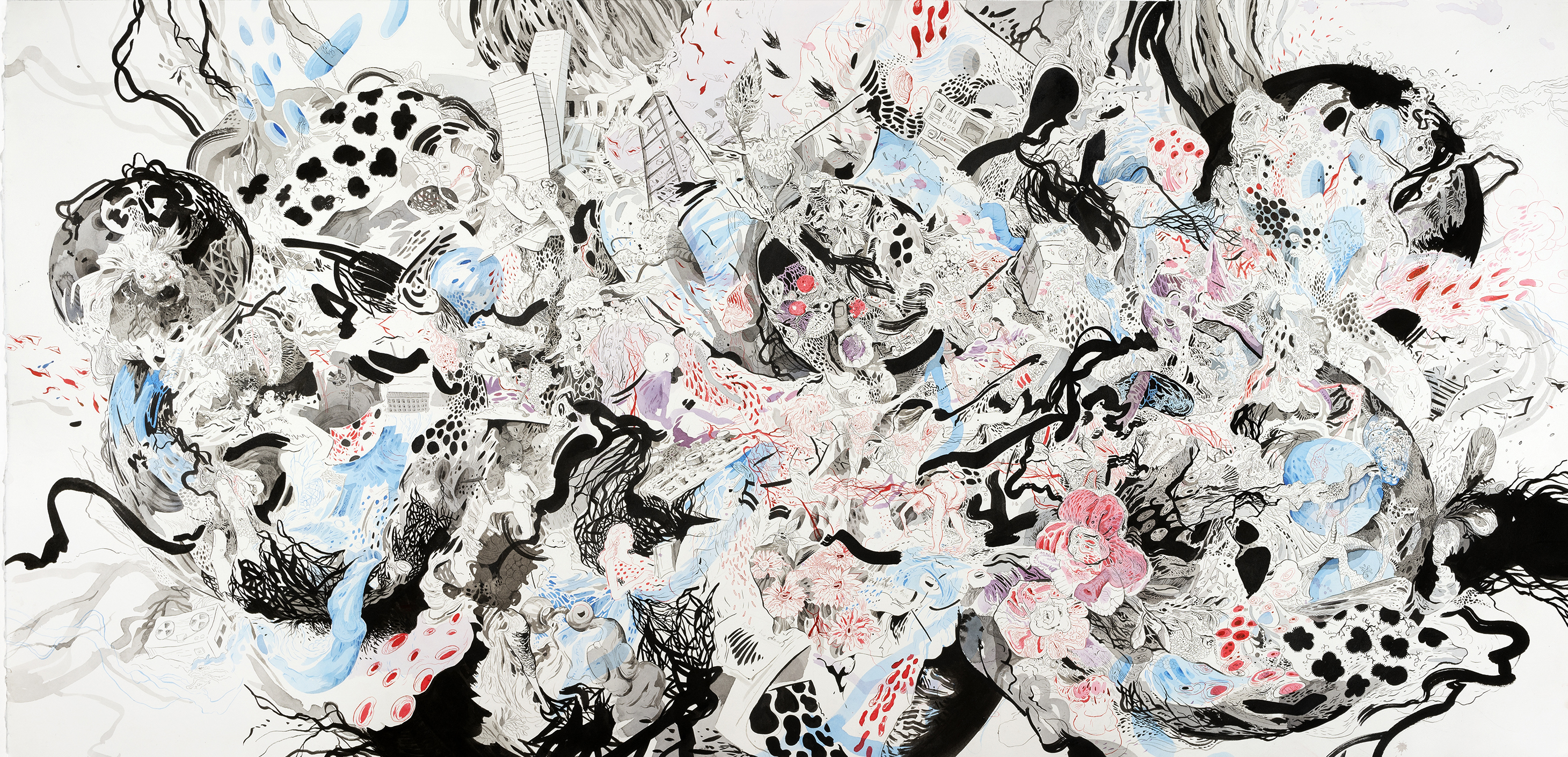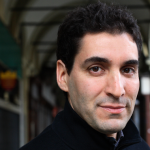Business of Art | Crowdfunding 101
Crowdfunding Consultant and Artist Daniel Sharp shares what you need to know before launching your next successful crowdfunding campaign.
With experience as an Arts Outreach Lead at Kickstarter and a track record of millions of dollars raised as a consultant for independent projects, Crowdfunding Consultant and Artist Daniel Sharp shared the do’s and don’ts of a successful crowdfunding campaign at “Defining Value(s) in the Art World,” an online event presented by Art World Conference (Fiscally Sponsored by NYFA). NYFA had the pleasure to attend Sharp’s presentation and now brings to you the main takeaways of the artist’s presentation. Keep reading to learn more.
Why Crowdfunding?
Finding one source of funding for a project is no easy task. And even if you do win a grant or an award, the amount of money you receive might not be enough to make sure your project comes to fruition. One of the alternatives available for such an issue is to shift your focus from large donations from a selected few to small donations from a large number of people — that’s crowdfunding.
The idea of asking for money, though, can seem daunting for many artists. For those feeling intimidated, here’s a reminder from Sharp: “You’re not asking for money, you’re asking for support.” And you might be surprised at how many people are willing to offer you that support. To this, the consultant and artist adds: “People want to help you live your dreams; let them.” Still, you must be mindful of the context in which you’re setting this project. Before rolling up your sleeves, ask yourself some hard questions like “Is this the right time to ask for money?” and “Is this project needed now?”
Finding the Right Platform
There are several platforms out there, and we strongly recommend that you conduct your own research about them, as some might be specifically tailored to your discipline (like NYFA Fiscal Sponsorship’s crowdfunding partner Seed&Spark, for example, which caters to filmmakers). To narrow down your process, Sharp highlights four main websites. Choosing which one is right for you depends on many things, like knowing what kind of audience you want to reach, the nature of your project, or the funding system you’re comfortable with. Here’s the breakdown:
- Kickstarter: Works with an “all or nothing” model. That means you’ll only receive the funds if the pledges match or surpass your fundraising goal. Works best to “make art or launch a movement for people to see and share.”
- GoFundMe: Allows flexibility in funding — you don’t need to achieve your goal to get the funds pledged. Works best for projects that intend to help a person or a cause in need.
- Indiegogo: Offers both flexible and “all or nothing models.” Works best for object-based funding or e-commerce, when you’re creating something for people to buy.
- ioby: Offers a flexible model and aims for community-centered projects/community support.
Building an Engaging Campaign
After choosing your platform, your next step is to build an engaging campaign page with a mix of text, still images, and videos. Your text is your main tool to build trust. Use this space to be upfront and transparent, including mentioning uncomfortable subjects like the risks of the project, for example. To make up for a possibly lengthy text, spread images between paragraphs to create a dynamic, engaging page.
A very comprehensive text does not exclude the need for a campaign video, though. But there’s no need to panic if you don’t have experience in video editing. Your video doesn’t need to be fancy, just well done. Take advantage of the static images that you already have, repeat the main message of your text, add some light music, and keep things short: no longer than two minutes with your ask— something along the lines of “with your help, we can make this project a reality”— spoken in the first 20 seconds. Pledges usually happen as soon as your audience sees and hears the ask, reminds Sharp, so creating a good first impression is key.
Optimizing Your Donor Base
Just like any other sort of donation-based fundraising, crowdfunding works best when you’re successful in going beyond your own bubble of potential donors. Still, one should be realistic when setting their goals. According to Sharp, in general, 70-90% of backers will come from your own community if you launch an art project on Kickstarter. Successful campaigns tend to have a 30-day deadline with a fundraising goal between $5,000 to $25,000; they see an average of 75 to 200 backers with donations averaging at $70, but most people pledging around $25. These sweet spot numbers provided by Sharp’s expertise can help you set up your rewards strategy. The consultant recommends five to eight tiers of rewards that vary between objects (usually the most popular reward), acknowledgments, and experiences.
If you have a heavy-hitting donor in your network, Sharp recommends approaching them to secure a matching initiative (that means this donor will match all additional donations up to a certain amount of money for a week or a few days), which is a proven strategy to boost pledges. To make such ask, though, you must be sure whoever you approach is fully onboard with your idea. To create that kind of rapport, artists must not be shy about taking a stance in their projects. In fact, projects about social causes or that are overtly political tend to be the most popular ones.
To go beyond your bubble, focus on outreach to your network’s network. These prospective donors don’t know you so well (or at all), so be extra clear in what your goals are (and they should be more than just raising money). Provide regular updates to your supporters via newsletters, page updates, and social media — the more excited and informed about your project folks are, the more inclined to spread the word they’ll be. Lastly, don’t rely solely on bulk activities. Sending a personal email, or even a text, is sometimes the best way to convert an ask into a pledge, even when reaching out to folks who are not that close to you.
Helpful Examples
Sharp shared a few examples of successful campaigns with us. Below, you’ll see a list with several crowdfunding scenarios, from Fellow and Board Member Dread Scott’s fundraising for a performance to artists seeking assistance to engage in social justice initiatives. Spend some time checking out their pages and let’s get to work!
- Pope.L and What Pipeline: an artist and gallery team up to raise funds to fight the Flint Water Crisis
- The Wide Awakes: a collective of artists and activists launch public art and get-out-the-vote initiatives
- Nancy Borowick: a photographer publishes her first book documenting her parents’ last few years of life
- Dread Scott and Antenna: an artist and nonprofit raise funds to reenact a slave revolution
- Gnomic Book: a publisher, artist, and oral historian document the entire length of the U.S.-Mexico border
– Luiza Teixeira-Vesey, Designer/Marketing Officer
This article draws tips from “How To Build A Crowdfunding Campaign,” a presentation given by Daniel Sharp, Crowdfunding Consultant and Artist, at Defining Value(s) in the Art World, an online event presented by Art World Conference (Fiscally Sponsored by NYFA). To learn more about whether to apply for NYFA Fiscal Sponsorship as an artist project or emerging organization, read our FAQ section. Reach out to us at [email protected] for more information. Sign up for NYFA’s free bi-weekly newsletter to receive updates on future programs.





